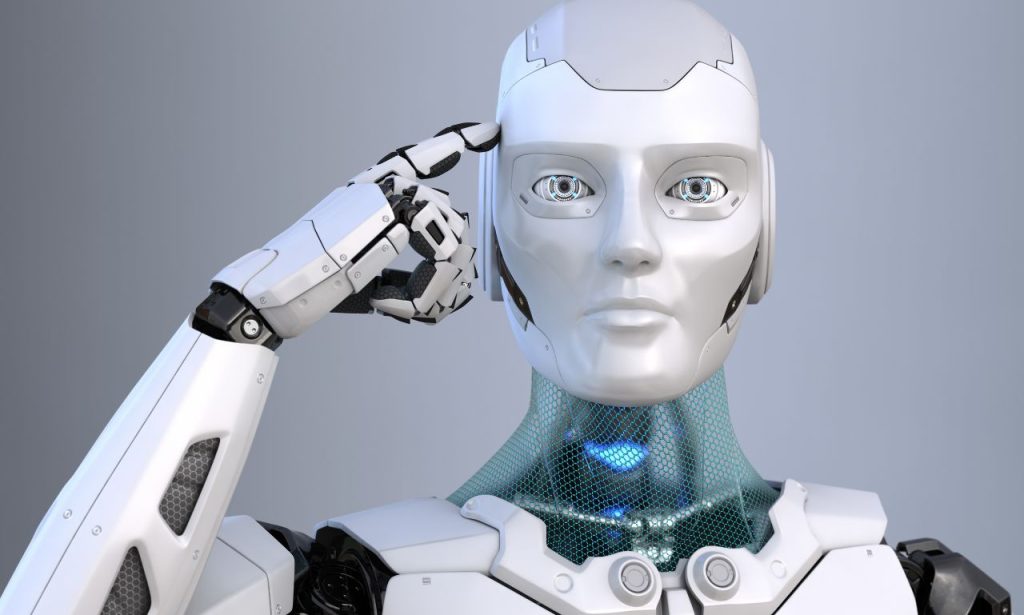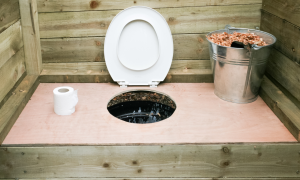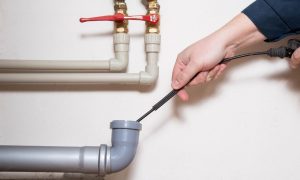Are you curious about the cost of building a robot? In this guide, we’ll break down the various factors that influence the price tag and provide insights into the long-term benefits of investing in robotics. Whether you’re a business owner considering automation or a hobbyist eager to create your own robot, understanding the costs involved is crucial. Let’s dive in and explore the world of robot building!
What is the Cost of Building a Robot
Building a robot is an exciting venture, whether for industrial automation, research, or personal use. However, understanding the true cost of building a robot goes beyond simply looking at a price tag—it involves examining various factors, from design complexity to the choice of materials and sensors. Below, we will take an in-depth look at the key factors, robot types, and considerations that impact overall costs, while also presenting some unique and practical insights into the world of robotics.
Factors Affecting Robot Cost
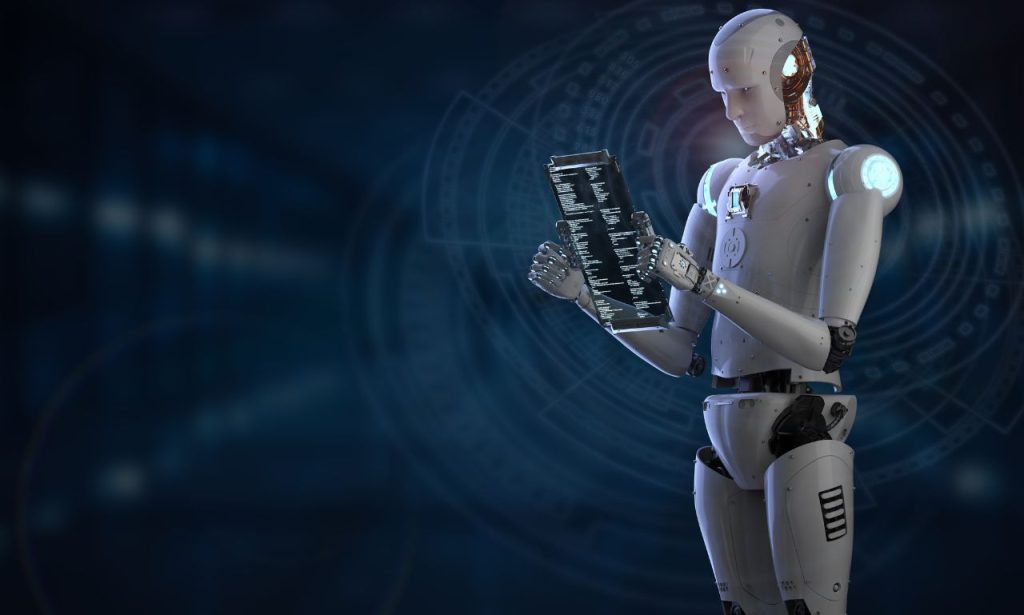
Building a robot can range from hundreds of dollars for simple robots to hundreds of thousands for advanced machines with complex capabilities. Several key factors influence the final price:
1. Complexity and Functionality
The cost of building a robot directly correlates with its complexity. Features like advanced AI, machine learning capabilities, and real-time data processing often translate to higher costs.
- Simple Robots: Designed to perform basic tasks, simple robots typically come with limited functionality. These robots are more budget-friendly and may include simple automation for repetitive tasks.
- Complex Robots: Advanced robots, such as those with multi-sensor systems, dynamic environments adaptability, and human-like decision-making capabilities, cost significantly more. The cost can escalate further when the robot is designed to handle complex terrains, unexpected obstacles, or multi-tasking.
2. Design and Customization
The design process—from structural materials to functional customization—plays a pivotal role in the cost:
- Standard Models: Pre-designed models are generally cheaper, as they are produced in larger quantities and rely on a common design.
- Custom Robots: Custom-built robots designed for unique industrial applications, such as medical robots for patient care or restaurant robots for service industries, incur additional costs due to specialized engineering.
3. Materials and Build Quality
The choice of materials—such as aluminum alloys, carbon fiber composites, or stainless steel—has a significant impact on the cost:
- Durable Materials: High-quality, durable materials ensure that robots can withstand demanding conditions, such as industrial automation or heavy lifting.
- Lightweight Materials: To enhance advanced mobility, lighter materials like carbon fiber might be used, which are costlier but allow for flexible movement and efficiency.
4. Application and Industry
The intended use or application heavily influences the cost. Robots built for industries like healthcare or aerospace must meet high standards for safety, precision, and reliability:
- Medical Robots: Medical robots are engineered with advanced sensors for surgery, diagnostics, or rehabilitation and must adhere to stringent safety standards.
- Industrial Robots: In contrast, industrial robots are designed for repetitive tasks such as welding, assembly, or packaging, with costs influenced by factors such as payload capacity, range of motion, and complexity.
5. Production Volume
The scale of production is a key cost factor—robots produced in large quantities are more economical due to the benefit of economies of scale, while limited production runs are generally more costly per unit.
- Mass Production: Lower per-unit cost.
- Bespoke Production: Expensive due to the absence of economies of scale.
Key Cost Factors Summary
- Complexity and functionality requirements.
- Customized vs. standard design.
- Materials and their durability.
- Intended industry and safety regulations.
- Production volume and economies of scale.
Types of Robots and Their Costs
Let’s take a look at some common types of robots and their typical price ranges:
| Robot Type | Price Range |
|---|---|
| Industrial Robots | $25,000 – $400,000 |
| Collaborative Robots (Cobots) | $15,000 – $45,000 |
| Cartesian Robots | $10,000 – $50,000 |
| Humanoid Robots | $100,000 – $1,000,000+ |
Note: These are general price ranges and can vary based on specific models and configurations.
Industrial Robots
Industrial robots, essential for tasks like welding, assembly, and material handling, typically range from $25,000 to $400,000. The price depends on factors such as payload capacity, reach, and precision. For example, a basic welding robot may cost around $50,000, while a high-end model with advanced features could exceed $150,000.
Collaborative Robots (Cobots)

Cobots, designed to work safely alongside humans, have gained popularity in recent years. They usually cost between $15,000 and $45,000, making them more accessible for small and medium-sized businesses. Popular cobot models like the Universal Robots UR5e or the FANUC CR-15iA fall within this price range.
Cartesian Robots
Cartesian robots, known for their precision in linear motions, are commonly used in applications such as 3D printing and pick-and-place tasks. They typically cost between $10,000 and $50,000, depending on factors like size, speed, and repeatability. A basic Cartesian robot for light-duty tasks may cost around $20,000, while a larger, high-precision model could exceed $40,000.
Humanoid Robots
Humanoid robots are designed to mimic human behavior and appearance, are among the most advanced and expensive. Prices for humanoid robots can start at $100,000 and easily surpass $1 million for cutting-edge models. The high cost is due to the complex AI, sensors, and actuators required to replicate human-like movement and interaction. Examples of humanoid robots include the Honda ASIMO and the Boston Dynamics Atlas.
Long-Term Benefits of Investing in Robots
Increased Productivity
- Robots can operate 24/7 without downtime, allowing businesses to achieve higher production rates.
- Unlike human labor, robots can perform repetitive tasks continuously without fatigue, increasing productivity.
Improved Quality and Consistency
- Robots provide exceptional precision, reducing production errors.
- Consistent quality control ensures uniformity in production output, benefiting industries that require accuracy.
Enhanced Safety
- Robots can work in hazardous environments, taking on dangerous tasks that would be risky for humans, thereby reducing workplace injuries.
Flexibility and Adaptability
- Reprogramming Flexibility: Robots can be reprogrammed for different tasks, making them adaptable to new market demands or production requirements.
- Future-Proofing: A well-designed robot system can grow with your needs, providing the potential for future upgrades and expansion.
Cost Savings
- Labor Costs: Robots can replace human labor for certain tasks, resulting in cost savings through reduced wages, insurance, and other associated labor expenses.
- Waste Reduction: With accurate performance and no human error, the cost of defective or wasted products is minimized.
Factors to Consider When Building a Robot
Application Suitability
Before building a robot, determine its intended use—whether for industrial automation, research, or personal assistance. Ensure that the robot’s design matches the capabilities required for your specific tasks.
Integration and Compatibility
Building a robot is one thing; integrating it with existing systems is another:
- Assess how well the robot will integrate with current workflows.
- Check for compatibility with existing software, control systems, or operational protocols.
Maintenance and Support
Robots require periodic maintenance to ensure reliable performance:
- Support Services: Check if the manufacturer provides maintenance services and spare parts availability.
- Upkeep Costs: Include ongoing costs such as spare parts, servicing, and software updates when estimating the overall budget.
Training and Skill Development
To achieve seamless operation, companies must ensure that their workforce is adequately trained:
- Provide training for employees who will be interacting with or programming the robot.
- Partner with technical experts to ensure knowledge is transferred correctly.
Scalability and Future-Proofing
If you plan to expand your operation in the future, choosing a robot that is scalable can save you significant costs in the long term. Look for expandable features or robots with modular components that support upgrades.
Leasing and Financing Options
Robots are a considerable upfront investment. Financing options such as leasing or rent-to-own models can make this expense more manageable.
- Leasing contracts may have lower monthly fees compared to outright purchasing.
- Leasing also reduces unexpected expenses and frees up capital for other needs.
Building Your Own Robot
For hobbyists and enthusiasts interested in building their own robots, the budget can vary dramatically based on the robot’s intended function and capability. Below are a few key areas to consider:
Components for Building a Robot
- Structural Materials: Choose materials that suit the robot’s purpose—plastic, aluminum, and carbon fiber are popular choices.
- Motors and Actuators: Depending on functionality, you might need DC motors, servo motors, or stepper motors for movement.
- Sensors: Modern robots use a range of sensors, such as distance sensors, tactile sensors, and force/torque sensors, to interact with their environment intelligently.
- Power Supply: Battery capacity (e.g., an 864-watt-hour battery) impacts the runtime and performance. Make sure the battery life is suitable for your intended use.
- Control Software: You will need to either build or acquire control software, which can be an additional significant expense.
Workshop Space
Building your robot will require adequate workshop space, especially if the design involves prototyping with tools like CNC machines, 3D printers, or welding equipment.
Real-Life Examples of Robots and Costs
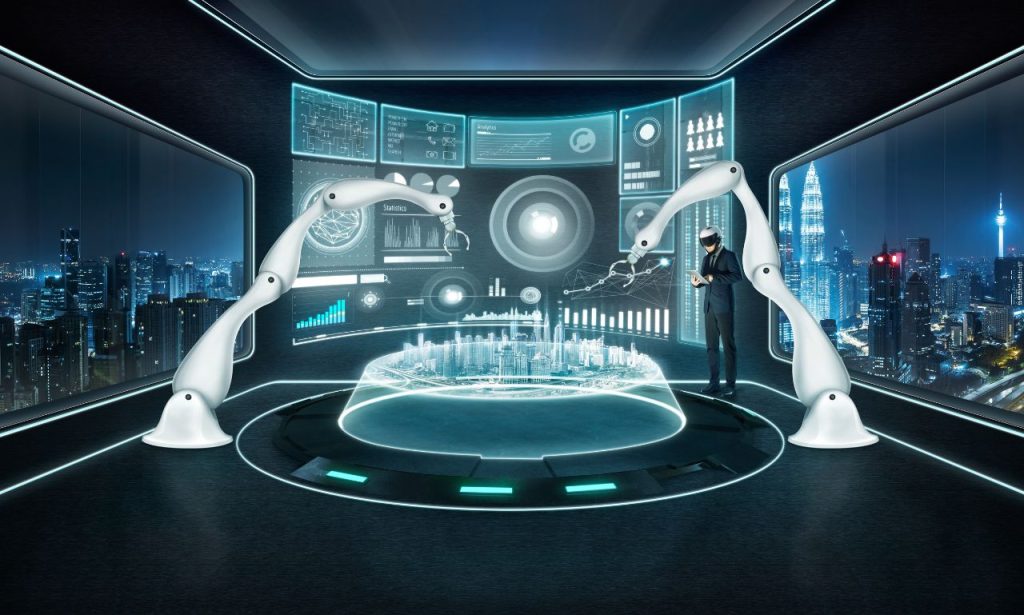
To give you a practical understanding of robot costs, let’s consider a few real-world robots and their price ranges:
- Agility Robotics’ Digit: Priced in the high hundreds of thousands, Digit is designed for dynamic environments and can carry out a variety of tasks with human-like capabilities.
- SoftBank Robotics’ Pepper: Used in customer service roles, Pepper is an AI-enhanced personal robot that costs around $20,000 to $30,000.
- Boston Dynamics’ Spot: Spot is a versatile robot dog, used for inspection and data collection, and priced at approximately $75,000. Its advanced mobility features allow it to navigate rough terrains, offering enhanced capabilities for industrial and research applications.
Conclusion
Building a robot is a significant investment, but the long-term benefits can be substantial. By understanding the factors that influence cost, exploring different robot types, and carefully considering your specific needs, you can make an informed decision and unlock the potential of robotics for your business or personal projects. Remember, the true value of a robot lies in its ability to enhance efficiency, improve quality, and open up new possibilities for growth and innovation.
ALSO READ: Can You Live on $27 an Hour?
FAQs
Yes, depending on your requirements, you can explore cost-effective options like used or refurbished robots or opt for simpler designs with basic functionality.
Conduct a thorough analysis of factors like increased productivity, quality improvements, labor cost savings, and potential new revenue streams to calculate the expected ROI.
Many robot manufacturers and distributors offer financing options, such as leasing or rent-to-own programs, to help spread the cost over time.
The timeline varies based on the complexity of the robot and the resources available. Simple robots can be built in a matter of weeks, while advanced models may take several months or even years.
Building a robot typically involves a combination of mechanical engineering, electrical engineering, programming, and system integration skills. Collaborating with a team of experts can help fill any skill gaps.

